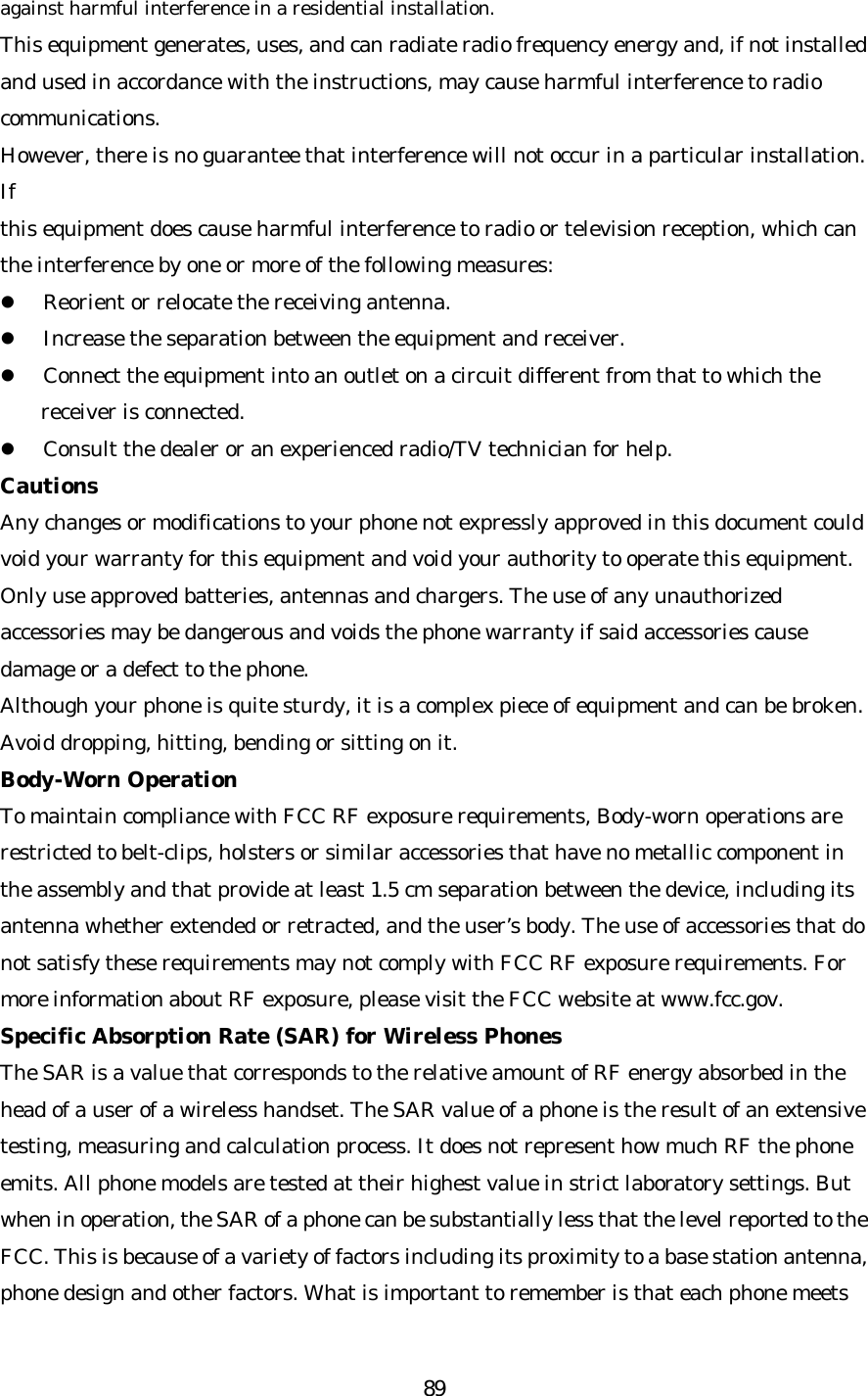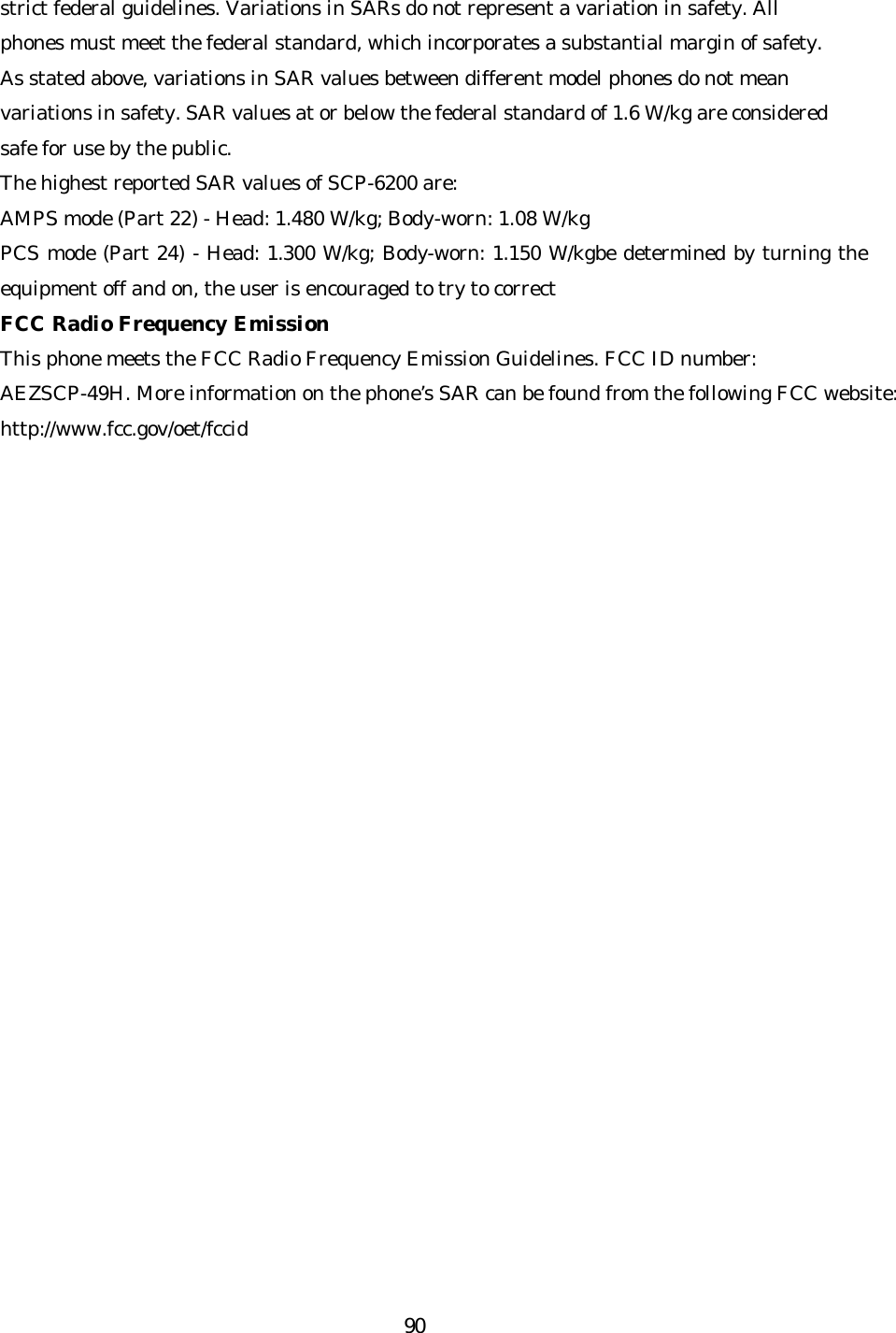Sanyo Electric Co SCP-49H Dual-Band Analog/PCS Phone (AMPS/CDMA) User Manual
Sanyo Electric Co Ltd Dual-Band Analog/PCS Phone (AMPS/CDMA) Users Manual
Contents
- 1. Users Manual
- 2. Revised Users Manual per CRN 22877
- 3. Revised Users Manual per CRN 23117
Revised Users Manual per CRN 23117

